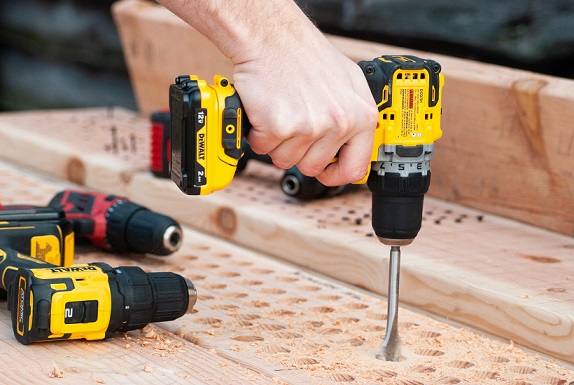It’s no secret that cold weather can wreak havoc on your tools. But is there anything you can do to protect them from the cold? In this article, we’ll take a look at whether cordless drills are better for cold weather and offer some tips on how to keep them in good condition during winter.
Cordless drills, most commonly purchased online from the range on ADA Fastfix, are often considered to be better for cold weather because of their convenience and portability. Unlike corded drills, which require a power outlet, cordless drills can be used anywhere since they run on battery power. This makes them ideal for outdoor jobs where outlets may not be available.
In addition to being convenient, cordless drills are also good for cold weather due to their increased durability. Cordless drills have fewer moving parts than corded ones, meaning that they’re less likely to break down in extreme temperatures. They also tend to be more resistant to corrosion caused by cold weather conditions.
However, there are some drawbacks when it comes to using your cordless drill in cold weather. One is that the battery will tend to drain more quickly in cold temperatures. This means that you’ll need to make sure your battery is fully charged before you start working and be prepared to recharge it as needed.
Another potential issue is that the colder temperature can affect the performance of certain drill bits, resulting in reduced efficiency. To get around this, consider using a higher quality bit designed for cold weather use or opting for an air-cooled drill instead.
What are Some Tips for Using a Cordless Drill in the Winter?
If you plan to use a cordless drill in cold weather, it is important to take some precautions. Here are some tips for using a cordless drill in winter conditions
1. Keep your battery warm: Cold temperatures can cause the battery to drain faster and reduce its lifespan. Consider keeping your battery close to your body or in an insulated bag to keep it from getting too cold
2. Choose the correct speed setting: High-speed settings can cause the motor of the drill to overheat. To prevent this, be sure to adjust the speed settings for colder weather so that the motor has enough torque but doesn’t strain itself by running at too high a speed
3. Use the right drill bits: Certain materials, such as steel and cast iron, will be more difficult to drill through in the cold. Consider using special tipped drill bits that are designed for use in colder temperatures
4. Keep your drill lubricated: Cold temperatures can cause a build-up of friction which can lead to damage. To prevent this, always make sure your cordless drill is well-oiled and lubricated before use.
Overall, cordless drills are generally better for cold weather than their corded counterparts due to their portability and increased durability. However, there are still some things you should keep in mind when using them in colder climates to ensure they continue functioning properly. Make sure your battery is fully charged and opt for higher quality bits designed for cold weather use. With a few precautions, you can ensure that your cordless drill will continue to perform even in the harshest winter conditions.







